
Defrosting meat without soaking: Chefs reveal how to make delicious meat while preserving nutrients
The Right Way to Defrost Meat Without Using Water — Tips from Professional Chefs
Soaking frozen meat in hot or cold water might seem like a quick fix, but it carries hidden risks. Not only can it cause cross-contamination, but it may also lead to nutrient loss and affect the flavor and texture of your food. Professional chefs have revealed several smart techniques to defrost meat quickly without using water, while keeping it tender, fresh, and full of nutrients.
Defrosting meat might sound simple, but if done incorrectly, the meat can easily become mushy, lose its natural flavor, and even drop in nutritional value.
1. Why You Shouldn’t Soak Meat in Water
Many people try to save time by soaking frozen meat in cold or warm water. However, this method can cause nutrients to leach out into the water and create the perfect environment for bacteria to grow.
Water exposure also makes the surface of the meat soggy and ruins its original texture, which negatively affects both the taste and quality of the dish once cooked.
Even worse, soaking meat in warm water can cause the outer layer to start cooking while the inside remains frozen. This “partly cooked, partly frozen” condition can make your dish cook unevenly and may pose food safety risks.
2. Chef-Approved Methods to Defrost Meat Without Water
Professional chefs prefer safer and more effective techniques that preserve the meat’s integrity while avoiding bacterial growth.
Method 1: Defrost in the Refrigerator
This is the safest and most reliable method — although it takes longer, it best maintains the meat’s natural flavor and juiciness.
-
Remove the meat from the freezer and keep it sealed in its packaging or place it in a covered container.
-
Move it to the refrigerator and let it thaw overnight (usually 8–12 hours, depending on the size).
-
Before cooking, allow it to rest at room temperature for about 20–30 minutes to ensure even softness.
Advantages:
-
The meat thaws evenly and naturally.
-
Nutrients and texture remain intact.
-
No risk of bacterial contamination or discoloration.
Method 2: Use Aluminum Pots or Heavy Metal Pans
This method uses the excellent heat conductivity of metal surfaces to speed up thawing without water.
-
Take the meat out of its packaging and place it on an upside-down aluminum pot or a thick stainless-steel pan.
-
Put another similar pot or pan on top to apply light pressure.
-
After 15–20 minutes, flip the meat over for even thawing.
The combination of metal’s thermal conductivity and room temperature allows the ice to melt faster while keeping the meat’s moisture sealed inside.
Method 3: Defrost with a Microwave (Properly)
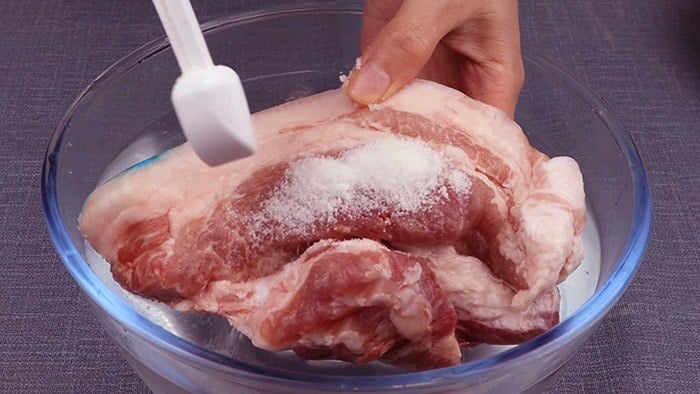
If you’re short on time, using the microwave can be a safe option — but it must be done correctly.
-
Select the “Defrost” setting on your microwave.
-
Cut the meat into smaller portions for faster, more even thawing.
-
Place the meat on a microwave-safe glass plate and heat in 30-second intervals, turning it over regularly to prevent partial cooking.
Important: Avoid microwaving for too long, as it can cause the edges to cook, resulting in uneven texture and loss of flavor.
3. Smart Storage Tips for Easier Defrosting
-
Portion before freezing: Divide the meat into meal-sized portions before freezing to save time and make defrosting easier.
-
Seal properly: Use vacuum-sealed bags or airtight containers to prevent freezer burn and unwanted odors.
-
Label and date: Keep track of storage time and use the meat within 1–2 months for the best quality and flavor.
4. Important Notes When Cooking Thawed Meat
-
Never refreeze meat once it’s been thawed — doing so encourages bacterial growth and alters texture.
-
If you need to thaw quickly, choose the metal pot method instead of soaking in water.
-
Cook immediately after defrosting to retain maximum freshness and nutrients.
Final Thoughts
Defrosting meat the right way doesn’t just protect your family’s health — it also enhances the flavor and texture of your dishes. Rather than soaking in water, apply these simple but effective chef-approved techniques to ensure your meat stays tender, juicy, and nutritious every time you cook.
News in the same category

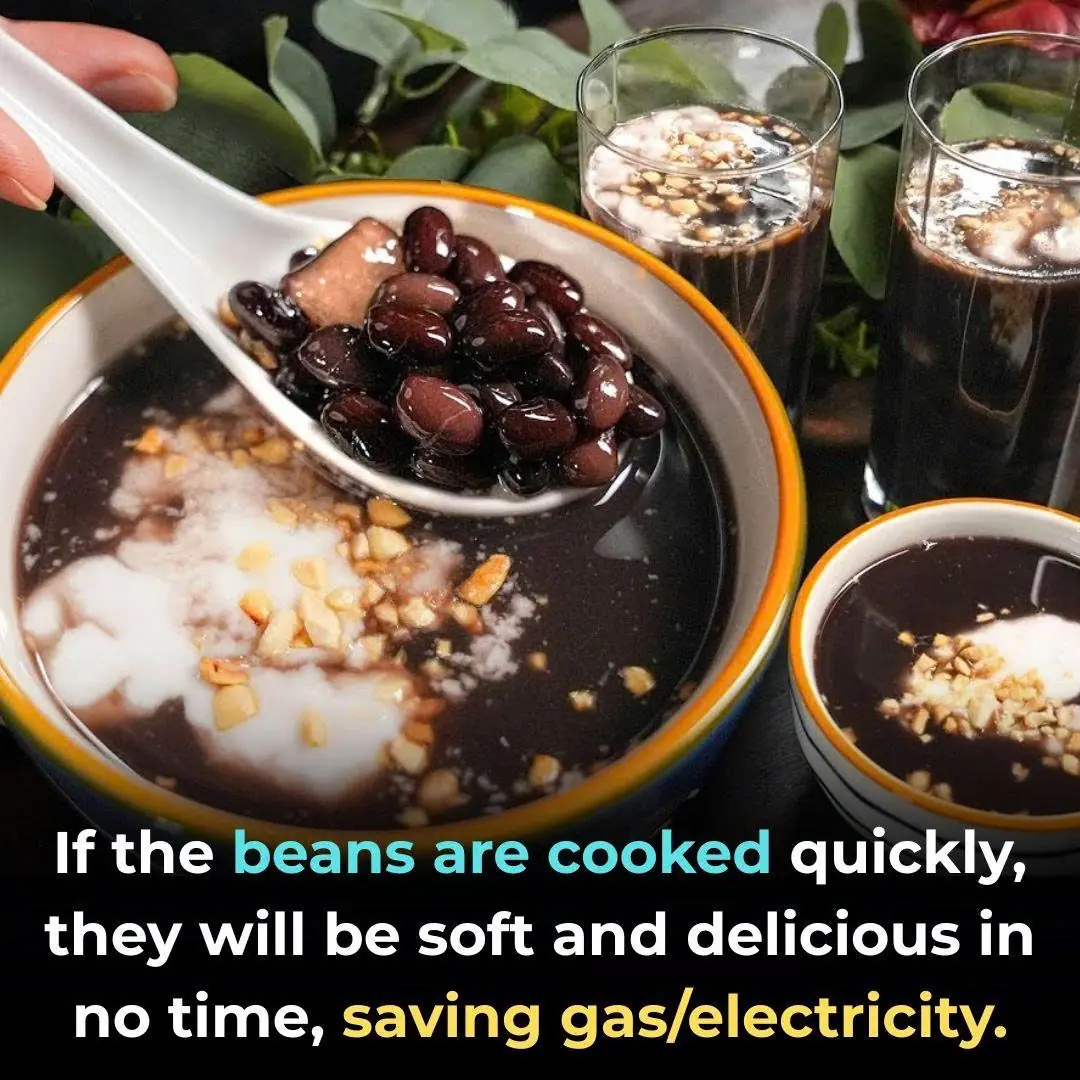
If the beans are cooked quickly, they will be soft and delicious in no time, saving gas/electricity.

Tea left overnight is such a waste: It has 4 great uses that very few people know about.

Banana flower – from pig food to Asia's number 1 delicacy: Revealing 2 simple ways to make it

Bathroom tiles are often moldy, dirty, and yellowed: Here are 5 cheap tips to help keep your bathroom tiles clean and shiny.

Denver Bans the Sale of Dogs, Cats, and Rabbits, Paving the Way for More Shelter Adoptions

Foods You Should Never Put In Your Air Fryer

How to Store Ginger to Keep It Fresh for Longer

Why You Should Never Pour Hot Water Into Your Kitchen Sink
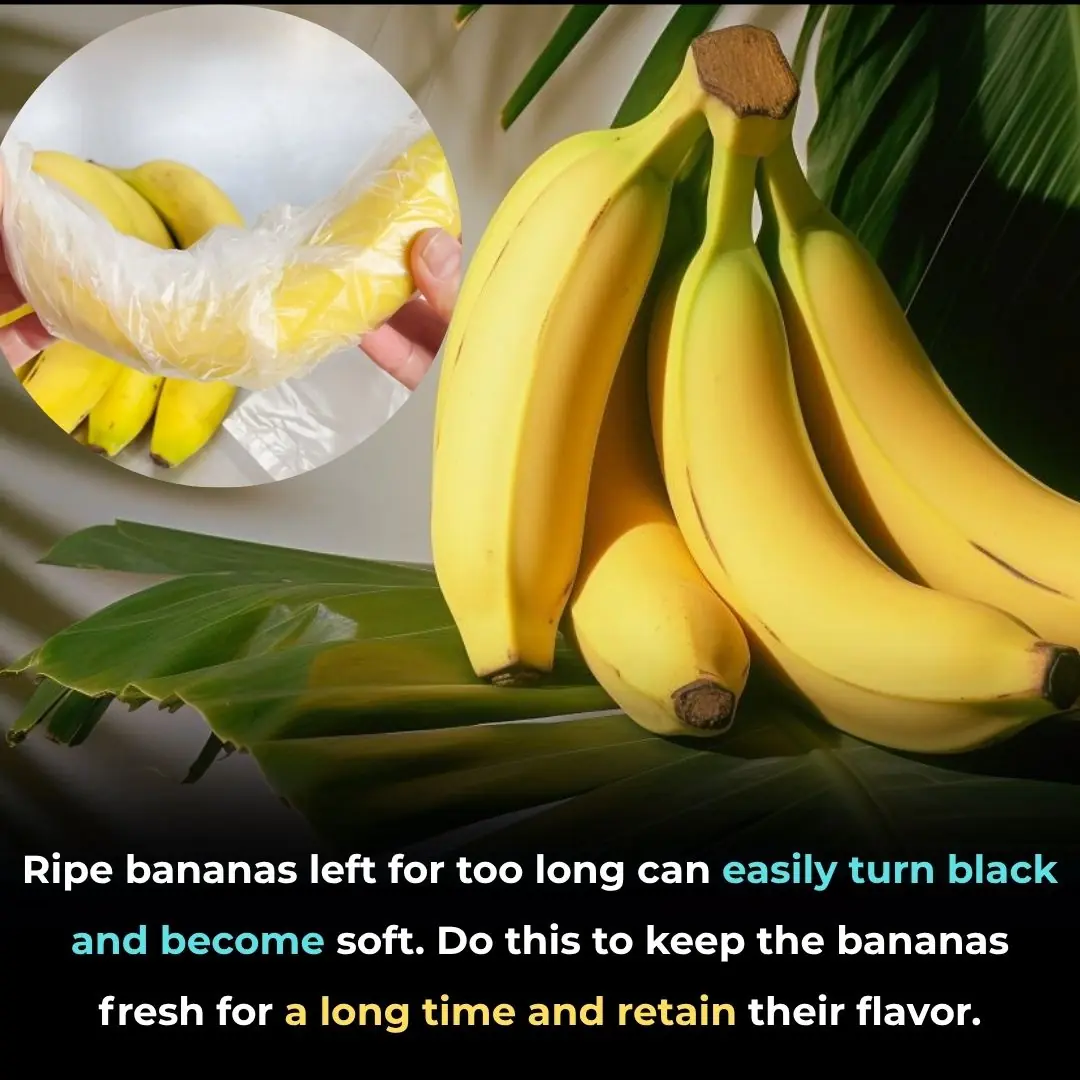
Ripe bananas left for too long can easily turn black and become soft. Do this to keep the bananas fresh for a long time and retain their flavor.

Mistakes many Vietnamese people make when preserving eggs – be careful not to invite them into your life.

5 types of seafood that are easily 'bathed in chemicals': Looks fresh and delicious but contains toxins, many people buy them without knowing
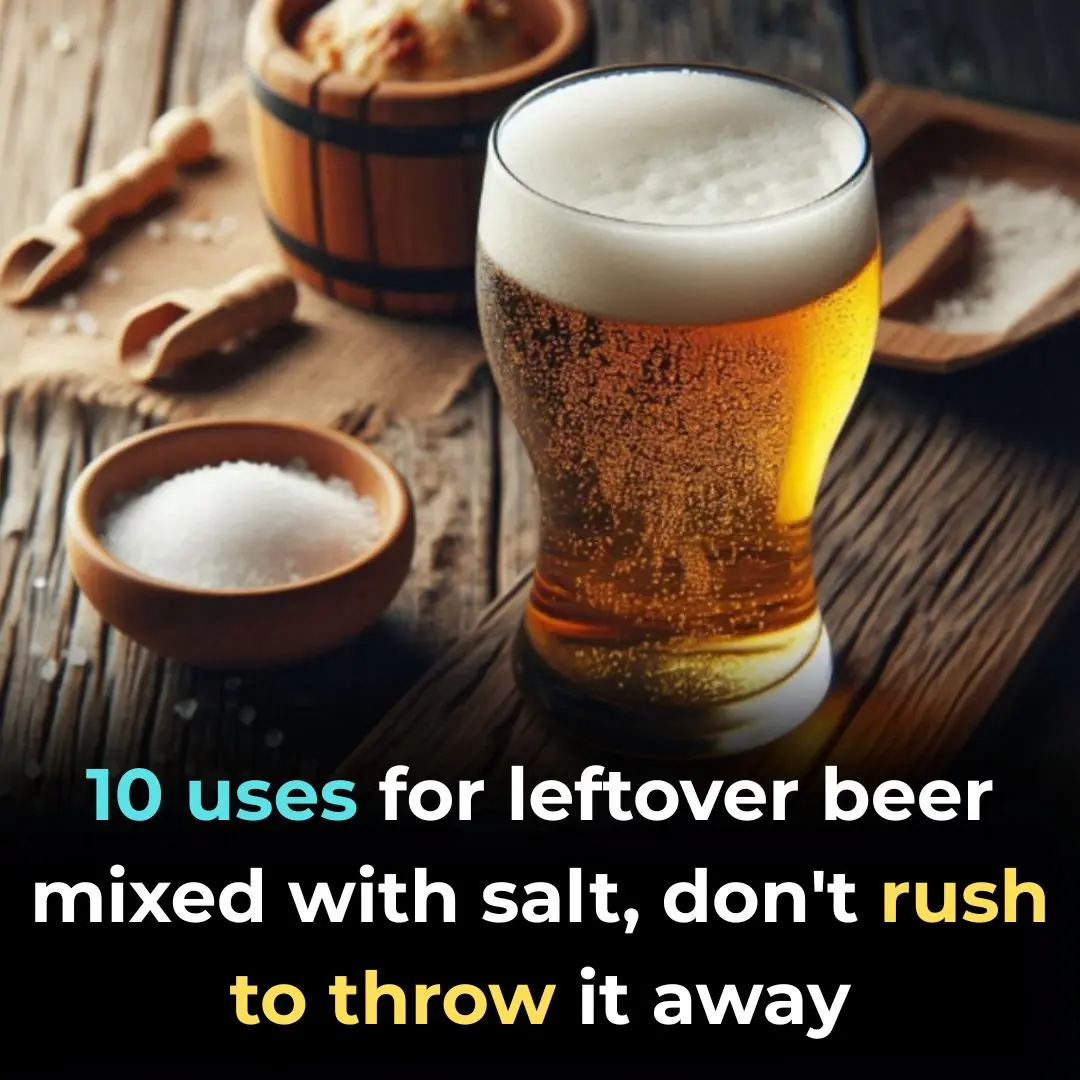
10 uses for leftover beer mixed with salt, don't rush to throw it away

Pickled bananas in vinegar: 4 great uses recognized by experts, everyone loves it

Clean Your Floors Once a Week Using This Method – Always Fresh and Dust-Free
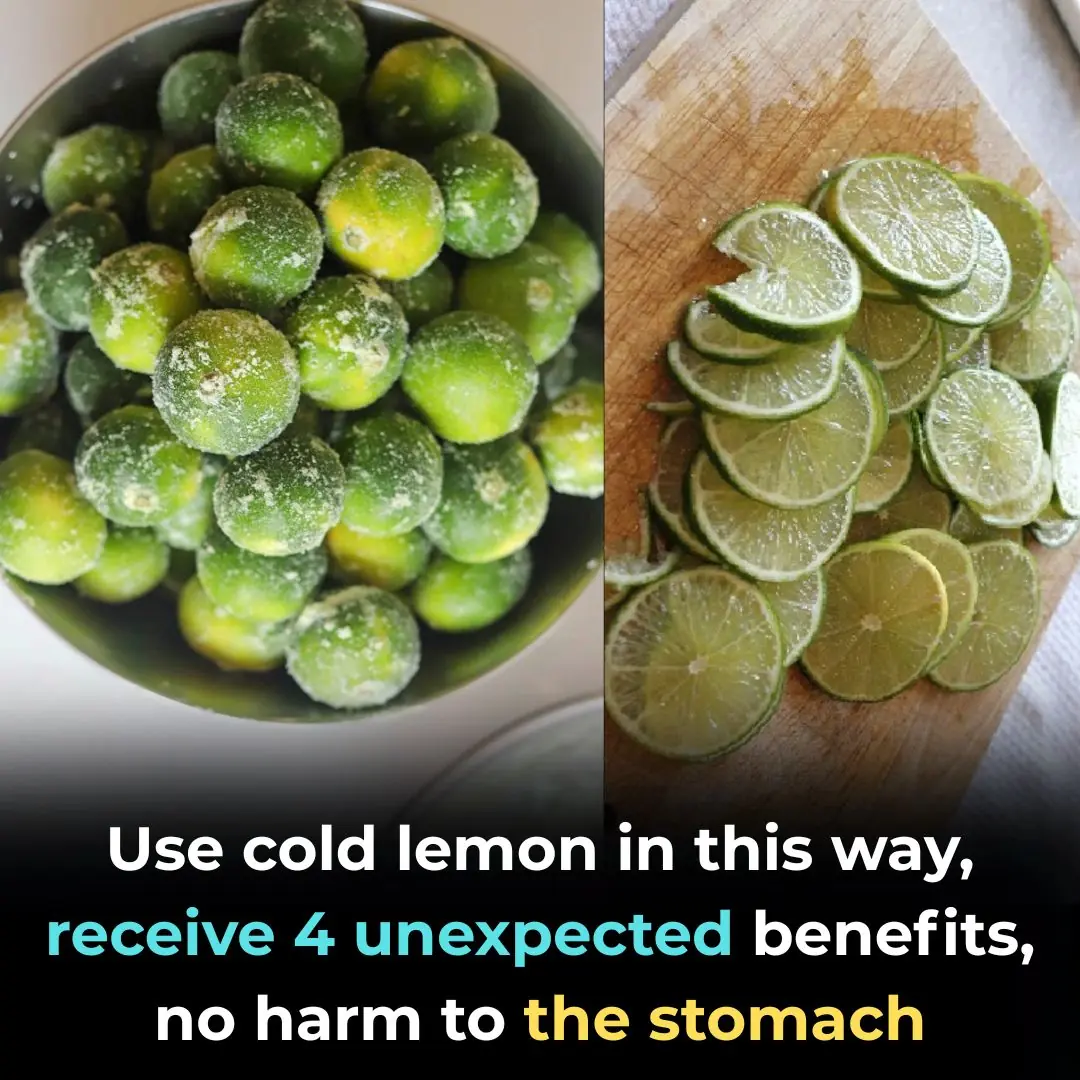
Use cold lemon in this way, receive 4 unexpected benefits, no harm to the stomach
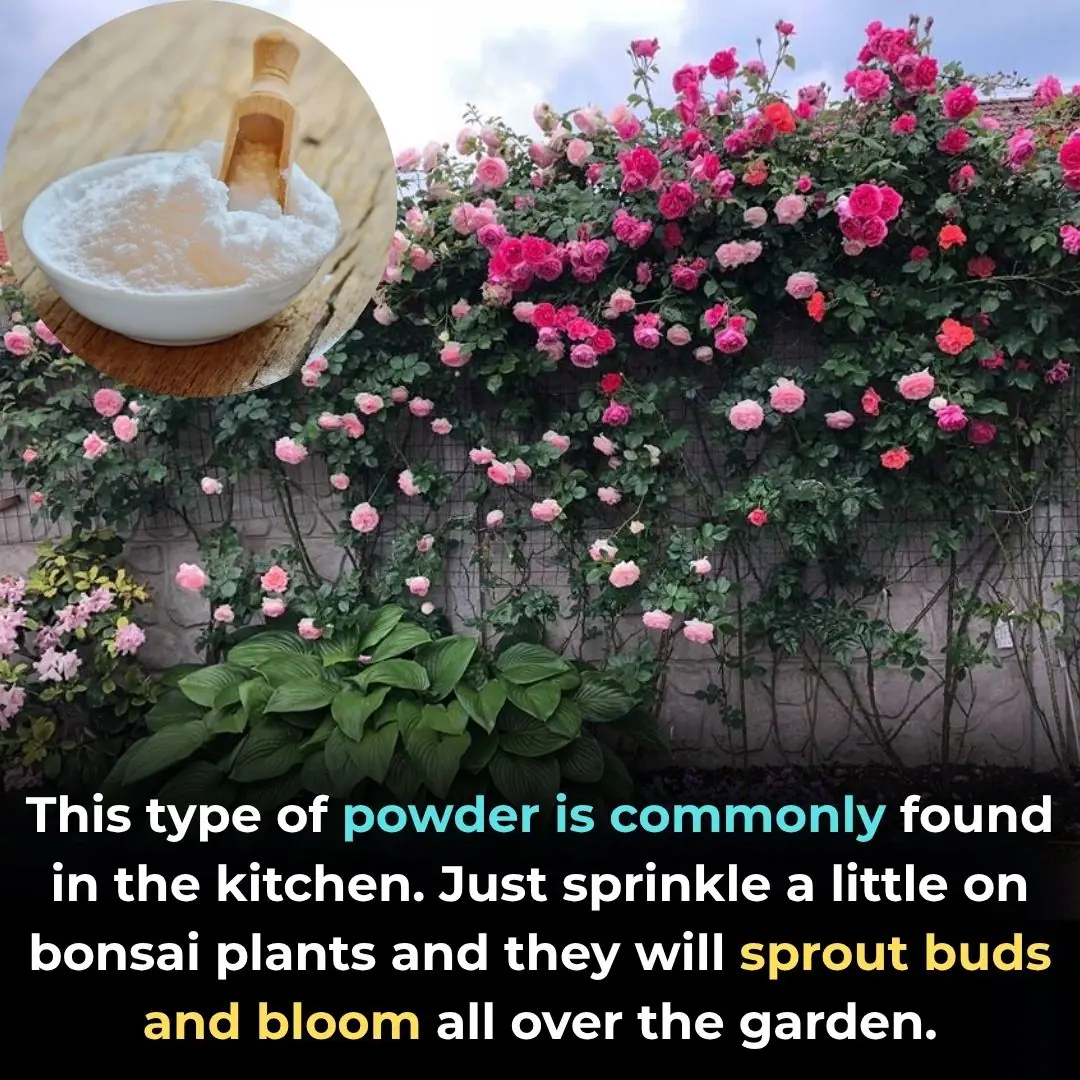
This type of powder is commonly found in the kitchen. Just sprinkle a little on bonsai plants and they will sprout buds and bloom all over the garden.

Soak lemon peel in vinegar, there is a special kind of juice, extremely useful.

What Does Your Sitting Position Reveal About Your Personality
News Post

“Hope Dies Last”: Parents Plead to Save Their 5-Year-Old Son With ALD

If the beans are cooked quickly, they will be soft and delicious in no time, saving gas/electricity.

Tea left overnight is such a waste: It has 4 great uses that very few people know about.

Fighting for Melania: A Childhood Stolen by Pain

Banana flower – from pig food to Asia's number 1 delicacy: Revealing 2 simple ways to make it

Bathroom tiles are often moldy, dirty, and yellowed: Here are 5 cheap tips to help keep your bathroom tiles clean and shiny.

A Mother’s Prayer: Liza Scott’s Ongoing Fight for Answers

How Your Sleep Position Reveals If You’re Lazy
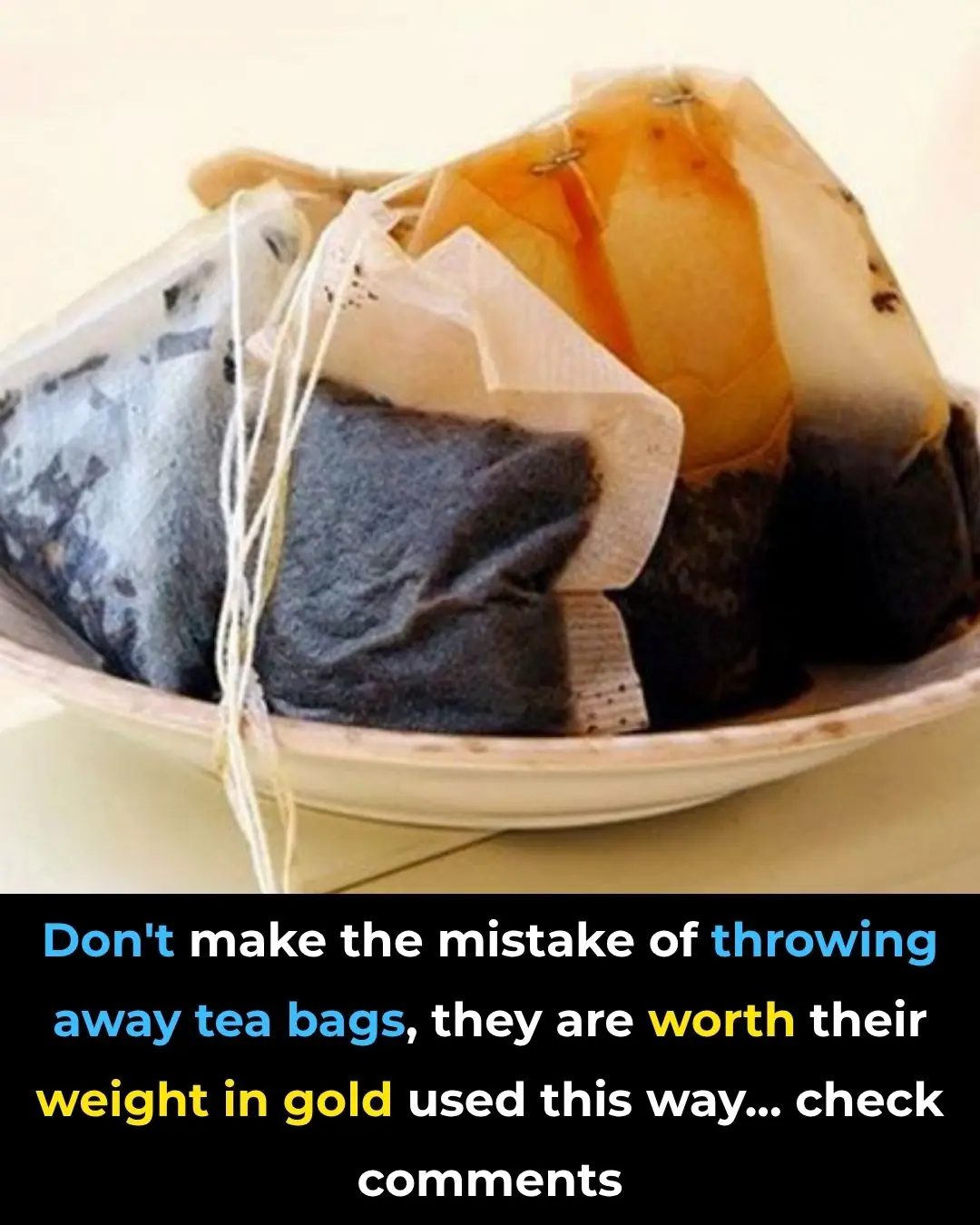
7 Clever DIY Uses for Used Teabags That Will Make You Think Twice Before Tossing Them

When an Elephant Found a Friend: The Story of Nelly and Rocky.

The Day Compassion Was Served Through a Coffee Window.

From Darkness to Growth — How a Garden Saved a Grandson’s Life.

Yarroway – the herb that can save the day

Devotion: The Lions Made of Love and Cardboard

Previously Homeless Veteran and Mother of 6 Becomes A First-Generation College Graduate

Baileigh Sinaman-Daniel Makes NCAA History as First One-Armed Women’s Basketball Player to Score in a Game

The Teen Who Turned Watermelons into a Dream.

Lenana — The Lioness Who Refused to Give Up.
